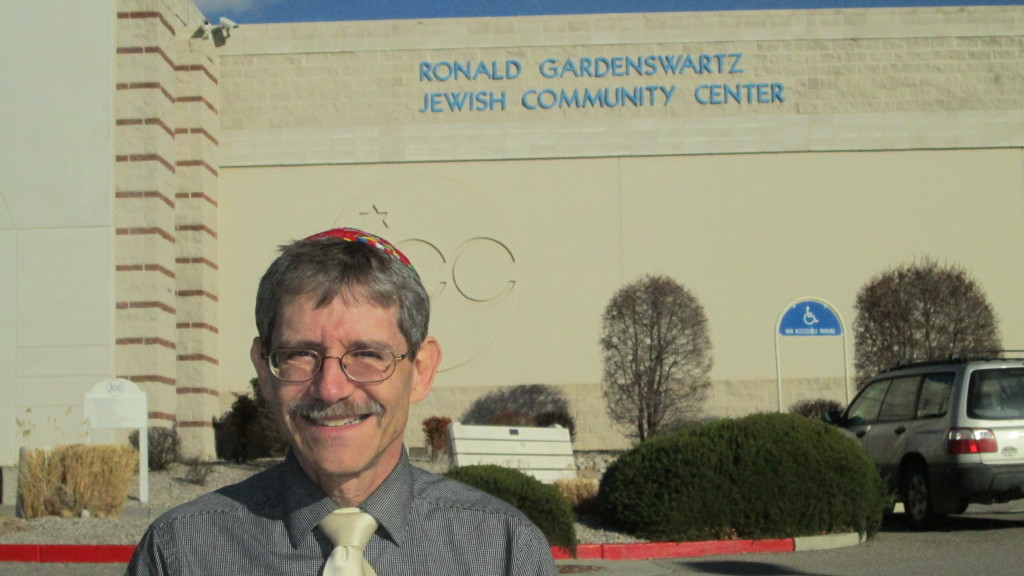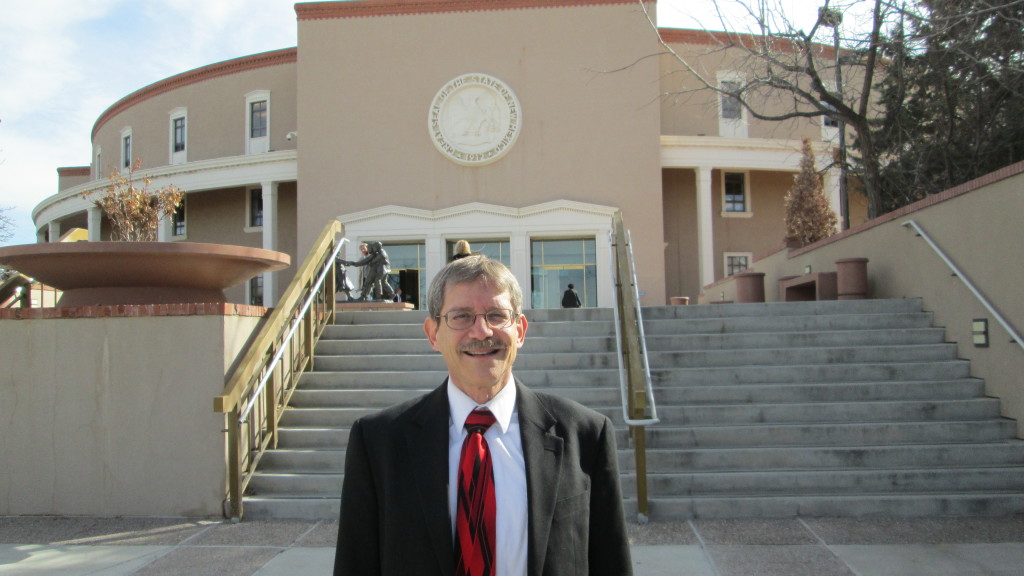Many of you reading this quarterly rabbinic missive celebrated Passover last month, the most widely observed holiday on the Jewish calendar. Regardless of how abridged your seder was, I suspect you recited the familiar passage “Why is this night different?” Much of Judaism is focused on raising our awareness of the gift of life; perhaps we should use every evening as an opportunity to look back with gratitude on the day just ended. Psalm 90 verse 12 says, “Teach us to treasure each day.” As I look back on the past three months, I am deeply grateful for the many rabbinic events I’ve experienced:
In addition to my routine of bouncing back and forth between Santa Fe and Los Alamos to lead various elements of Shabbat services, Beverly joined me as I conducted a Shabbaton weekend in Roswell. I had the privilege of offering the opening blessing at a session of the New Mexico State Senate again this year, and the legislators were reminded through Hebrew and English chant that they are each made in the Divine image. We didn’t have a minyan, but I was honored that they listened respectfully to three of the traditional morning blessings. I enjoyed leading not only the community seder in Los Alamos but also a Tu Bi Sh’vat seder marking the new year for trees. There was much joy for the entire Santa Fe community celebrating a birthday milestone for Rabbi Malka Drucker, the founding rabbi of HaMakom, and I tried in my remarks about her achievement to strike the right balance between solemnity and jocularity. Equally joyful, a few weeks earlier I got to welcome a new mother and her baby into the congregation with a blessing. The Los Alamos community came together in a moving display of support to a family sitting shiva as I led a service that memorialized a congregant with whom I had the pleasure of playing softball many years before. Teach us to treasure each day.
My teaching moments these last three months included a talk about Physics in Judaism at the annual Albuquerque Adult Jewish Education day. I also gave a Judaism primer to three humanities classes at Los Alamos High School, presented two Judaism talks in the annual Christian Lenten series in Los Alamos, spoke on Chinese New Year about our Beijing High Holiday experience at a fundraising event for HaMakom, and participated as a speaker at the annual Jewish-Christian dialogue in Albuquerque, focusing on environmentalism in Jewish texts.

The Jewish Community Center in Albuquerque hosted the annual “Taste of Honey” day of Jewish learning.
All my past training is supplemented by books I’ve read over the past quarter. Biographies (Ben-Gurion: Father of Modern Israel by Anita Shapira, Hank Greenberg by Mark Kulansky, and Without Bounds: The Life and Death of Rabbi Ya’aqov Wazana by Yoram Bilu) topped the list, but I also explored autobiography (What I Meant to Say by Yosl Bergner), fiction in both Hebrew and German translation (Murder on a Kibbutz by Batya Gur, Viennese Romance by David Vogel, Rheinsberg by Kurt Tucholsky, and Job by Joseph Roth) and non-fiction (Farewell, Aleppo by local author Claudette Sutton, The Rabbis’ Advocate by David Nieto – tr. and ed. Meir Levin, Farewell, Babylon by Naim Kattan, and to prepare for Yom HaShoah in memory of the Holocaust, Auschwitz Report by Primo Levi with Leonardo de Benedetti). The shelves got even more crowded these last months with the acquisition of brand new works (Two Scholars Who Were in Our Town and Other Novellas by S Y Agnon, Rav Tzadok Hakohen on the Parsha, and Strong as Death is Love by Robert Alter) as well as long out-of-print books (Jewish Exegesis of the Book of Ruth by D.R.G. Beattie and a facsimile of the 1733 Darmstadt Haggadah).
Teach us to number our days, but don’t make us number our books.
B’shalom,
Rabbi Jack

